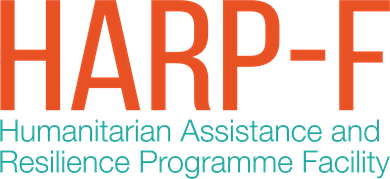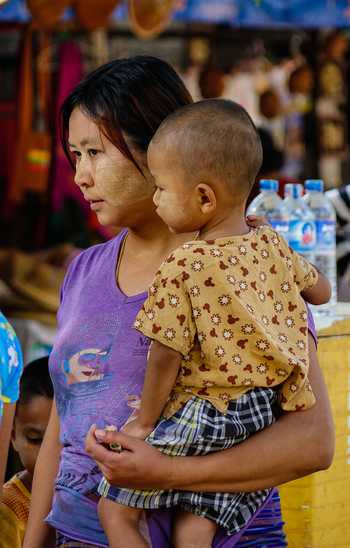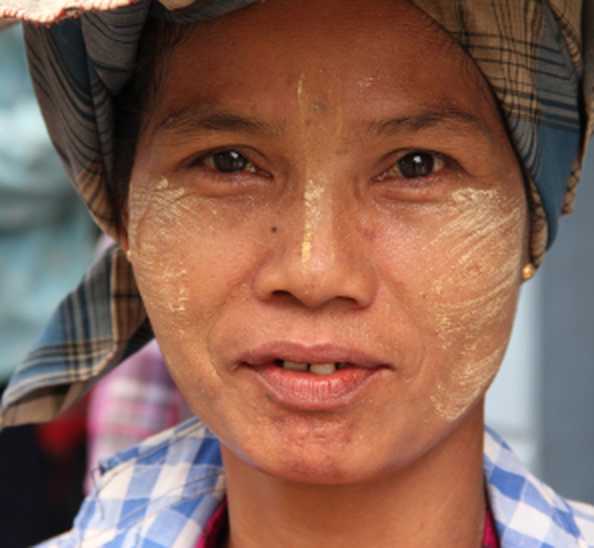Strengthen rather than replace the capacity and resilience of local organisations
Organisational strengthening training to ensure that local organisations are empowered to deliver effective, sustainable humanitarian assistance and have the necessary mechanisms to build a resilient Myanmar. The training is tailored to the needs of each CSO partner, and covers topics ranging from protection and safeguarding policies, human resource management, financial management and reporting, to monitoring, evaluation, and learning. These partners develop and implement their own organisational development strategies, with our support.
Specialised humanitarian and resilience training to strengthen the technical humanitarian skills of local community bodies and boost their emergency response potential. When disaster strikes, it is local actors in Myanmar who have the in-depth knowledge of local groups and operating conditions, as well as key relationships with local authorities, making them the most appropriate first responders. We work extensively through CSOs as catalysts for disaster action. When they choose to take our specialised resilience and humanitarian training, they acquire skills on disaster preparedness and response, climate change programming, cash programming, nutrition, WASH and protection.









